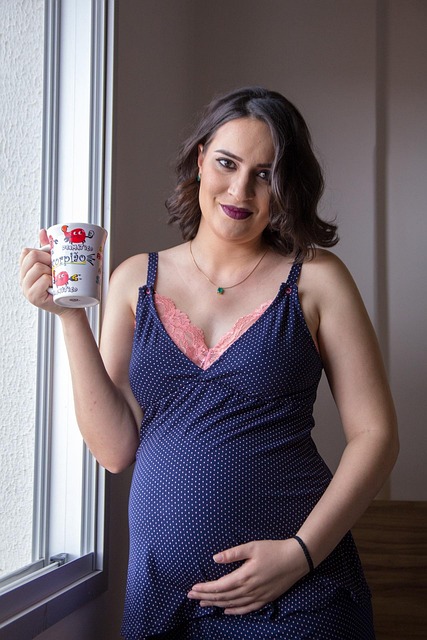When you spot a blue or blue-gray mark on your baby’s skin, it can be a bit alarming. You might think it’s a bruise or something to worry about. However, these marks are usually nothing to fret over. Known as congenital dermal melanocytosis (previously called Mongolian spots), these birthmarks are common and generally harmless.
What Are These Blue Birthmarks?
Congenital dermal melanocytosis spots often show up on a baby’s lower back, buttocks, or shoulders. Their blue-gray hue and irregular shape can make them resemble bruises, but don’t be fooled! Unlike bruises, they don’t hurt, and they don’t change color or shape as quickly. These marks can vary in size, with some being just a small dot while others can stretch over three inches wide. Interestingly, they’re more frequently seen in babies of African, Asian, Indian, and Mediterranean descent.
If you’re curious about some baby-related topics, check out our post on the best toddler tricycles for 2025, which are sturdy, safe, and fun rides for your little ones.
What Causes These Spots?
The exact cause of congenital dermal melanocytosis isn’t fully understood, but it’s believed to be linked to the distribution of melanocytes (the cells responsible for pigment) in the skin during development.
Do These Spots Disappear?
Yes, most of the time, these spots fade away on their own as your child grows, usually disappearing by the time they reach school age. However, if you notice any changes, or if they seem to be growing or causing discomfort, it’s a good idea to consult your pediatrician.
When to Consult a Doctor?
If you ever feel concerned about the blue marks on your baby’s skin, don’t hesitate to reach out to your pediatrician. They can offer reassurance and guidance. For more information on addressing any fertility concerns, you can visit the ACOG site, which is a trusted authority on women’s health and treating infertility.
And speaking of family planning, if you’re exploring ways to conceive, consider checking out Make a Mom, a free sperm donor matching group. They also provide an innovative at-home insemination option that’s reusable. To learn how it all works, visit their detailed guide on how at-home insemination works.
In summary, Mongolian spots are common, harmless birthmarks that typically require no treatment. They may look concerning but are usually just a normal part of your baby’s skin development. If you ever have questions, don’t hesitate to consult your pediatrician or explore helpful resources like our article on pregnancy and home insemination.
